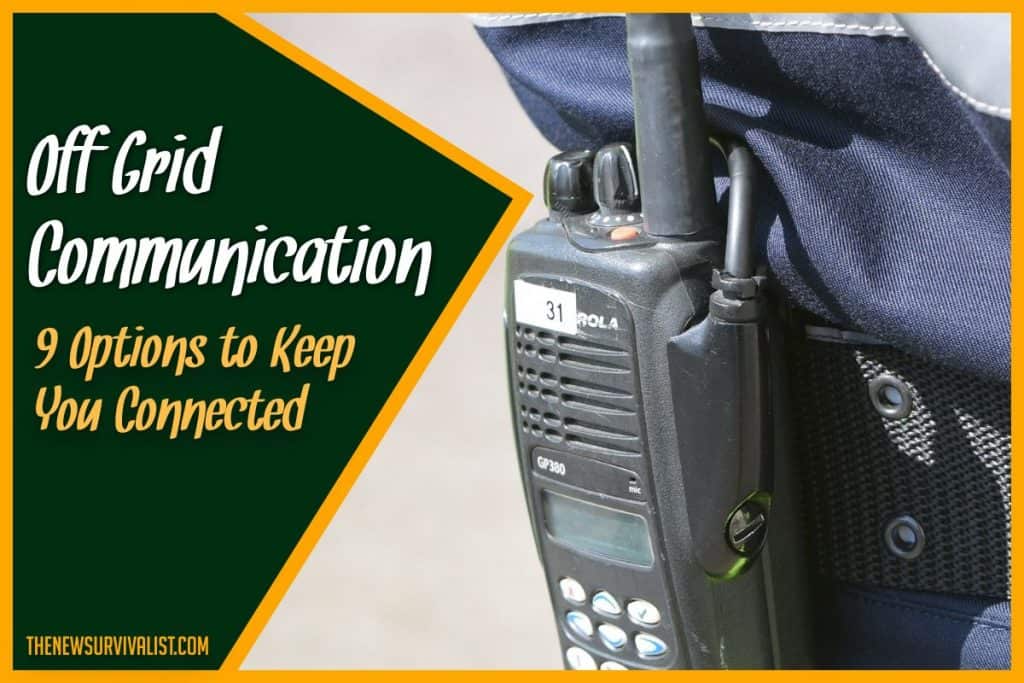Information is a valuable resource, and a means to reliably transfer and receive it is an essential part of prepping for off-grid living. As such, aside from the use of smartphones that relies on cellular networks and data, preppers should learn and invest in other means of long-distance communication.
Here is a list of reliable devices that can be used for off-grid living, or when venturing out in the wild.
- Two-Way Radios: Ham Radio, CB radio, FRS, GMRS, and MURS.
- One-Way Radio
- Satellite Phone
- GPS Satellite Messenger
- Satellite Internet Providers (combined with Smartphones and PCs)
Each of these devices has their own vices and surprises, so you need to familiarize yourself with each of them and choose the one that best meets your requirements.
Types of Off Grid Communication
Two-Way Radios
The functionality and use of these radios are heavily regulated by the U.S Federal Communications Commission (FCC) to avoid crosstalk with each other. This is done to prevent congestion and hijacking of channels, and signal interference that may hinder its use. As such, an unmodified radio transceiver can only communicate with other devices within its designated frequency.
1. Ham Radio
Base Station Range: 18 miles (29 kilometers) and more.
Handheld Range: 2 miles (3.2 kilometers).
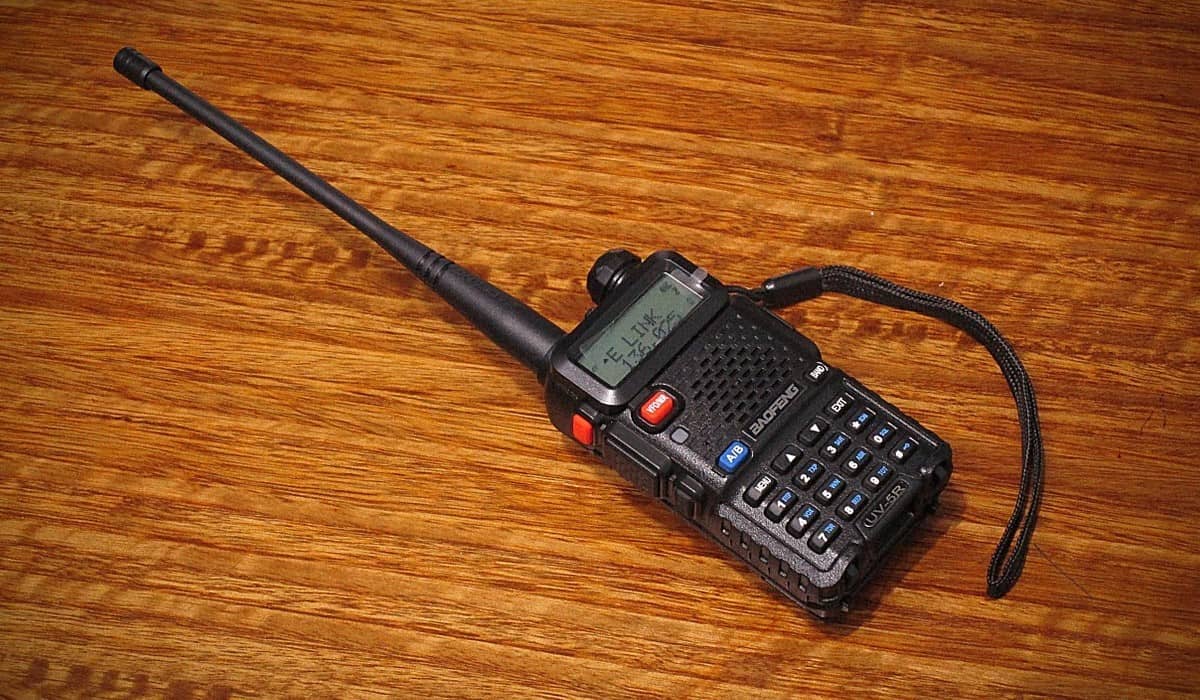
The Ham Radio or Amateur Radio is probably one of the best off-grid communication equipment a prepper can have. It can communicate with another ham radio that is up to 18 miles away without needing repeaters. When paired with nearby repeaters like towers and satellites, it’s even possible to communicate with the whole world.
In general, there are 2 forms of ham radio: a base station and handheld battery-operated radios. The base stations will have a wider range thanks to their larger antenna, the use of repeaters, and their higher power rating (50 watts up to 1500 watts). In contrast, the handheld ham radios are powered with a 4 to 8 watts battery which limits their effective range and functionality.
However, in order to broadcast messages with a ham radio base station, it is required to have an FCC Amateur Radio License, which you can get through a licensure exam. Other ham radio operators will refuse communication with non-licensed individuals except for emergency settings. Although, it’s still acceptable and legal to use a ham radio as a receiver without the need for a license.
2. CB Radio (Citizens Band Radio)
Base Station Range: 14 to 50 miles (22.5 to 80.4 kilometers).
Vehicle Mounted: 1 mile (1.6 kilometers).
Handheld: 100 yards (91 meters).
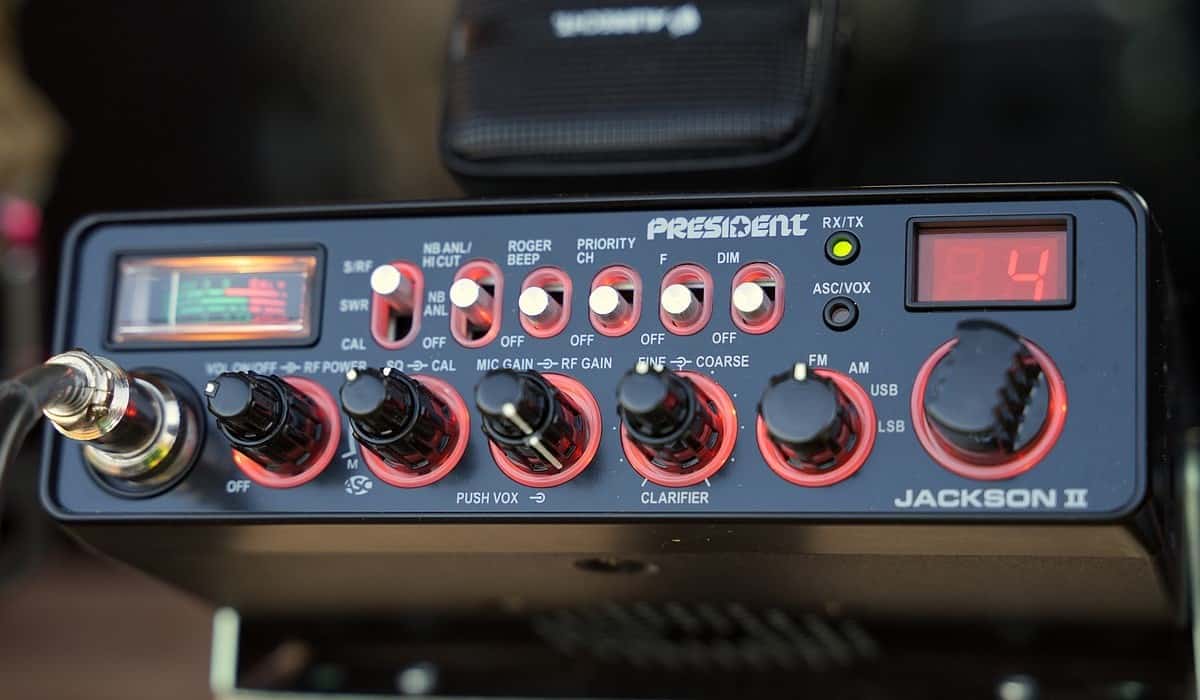
CB radios and ham radios function similarly. However, they differ in that the CB radio does not use repeaters, which means its range is limited by how good its antenna is. Its total power output is limited by the FCC (CBRS FCC Regulation) to 4 watts to avoid interfering with other radio waves that use the same frequency as television signals.
The ham radio is superior to a CB radio setup, but there’s no downside to keeping both types of transceivers.
3. FRS (Family Radio Service) aka Walkie-Talkies
Handheld Range: 0.25 miles (440 yards or 402 meters)
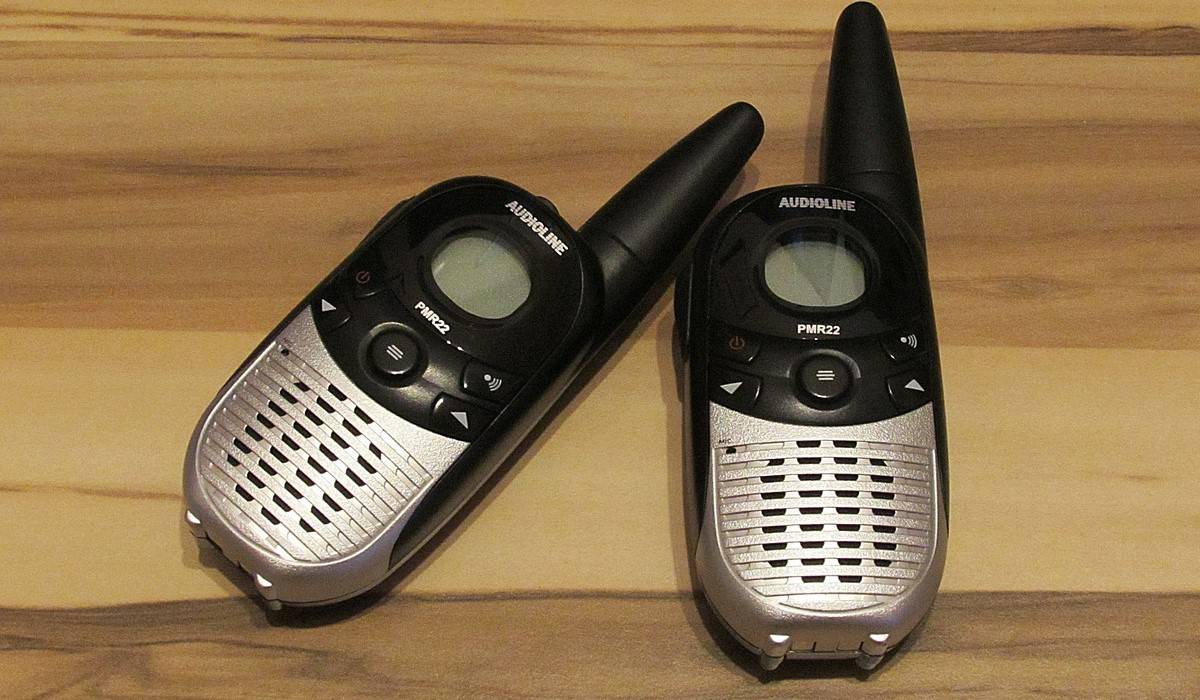
The FRS system or more widely known as walkie-talkies is a short-ranged, portable two-way communication device. Compared to the handheld ham and CB radio, this type of transceiver is generally cheaper, lighter, and simple enough that it has been marketed as a children’s toy for years.
4. GMRS (General Mobile Radio Service)
Base Station Range: 9 miles (14.5 kilometers)
Handheld Range: 0.5 miles (805 meters)
The GMRS is a system that allows for short-distance, two-way voice communication using base stations and handheld radios. Aside from ham radios, it is the only other radio that is allowed to use repeaters to extend its effective range. The FCC (GMRS FCC Regulation) also expanded the application of the GMRS to include text messaging and GPS location information.
Similar to ham radios, it also requires a license to be operated legally.
5. MURS (Multi-Use Radio Service)
Base Station Range: 10 miles (16 kilometers)
Handheld Range: 1 mile (1.6 kilometers)
The MURS is relatively new and not very popular with preppers. However, in recent years, some products have been developed that pairs with smartphones to allow sending short text messages that are transmitted via the MURS channels.
goTenna Mesh Devices
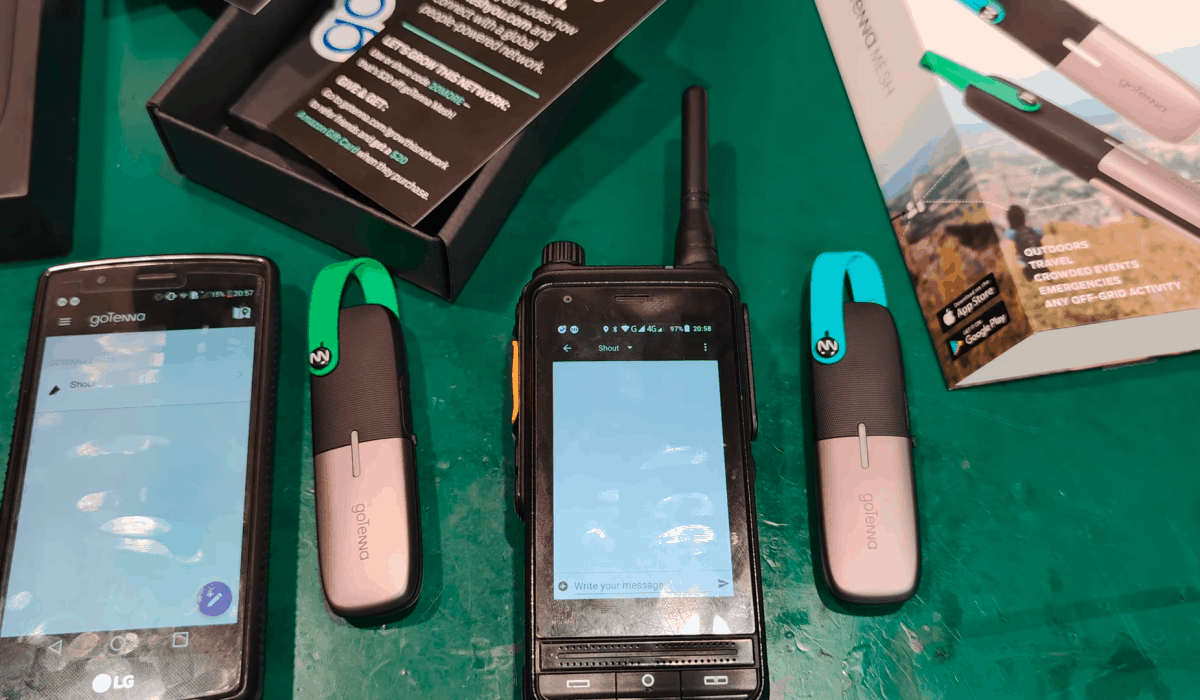
An example is a goTenna device which allows messaging between other goTenna devices within a 50-mile radius (when used on a mountain top). However, the range greatly diminishes to 1 mile when used at a person’s height in areas that have a lot of obstructions like trees and rocks, and up to 4 miles in open areas.
With such a device, it is possible to send text messages, create group chats and send GPS location data without the need for a cellular or internet connection. It’s small and portable, and its battery will last up to 24 hours.
Other Radio Transmitted Mesh Network
Range: 1 to 4 miles (1.6 to 6.4 kilometers)
A mesh network is a local, peer-to-peer connection between compatible devices. GoTenna is an example of a device that is capable of establishing a mesh network. These devices often transmit their signals through the MURS system or other radio waves. Like goTenna, these devices need to be paired with a smartphone or can be used as a piece of stand-alone communication equipment.
Some examples of mesh network devices are:
- Radacat Team Messenger
- Beartooth Walkie-Talkie
- Gotoky
- Fogo Off-Grid Communicator
One-Way Radio
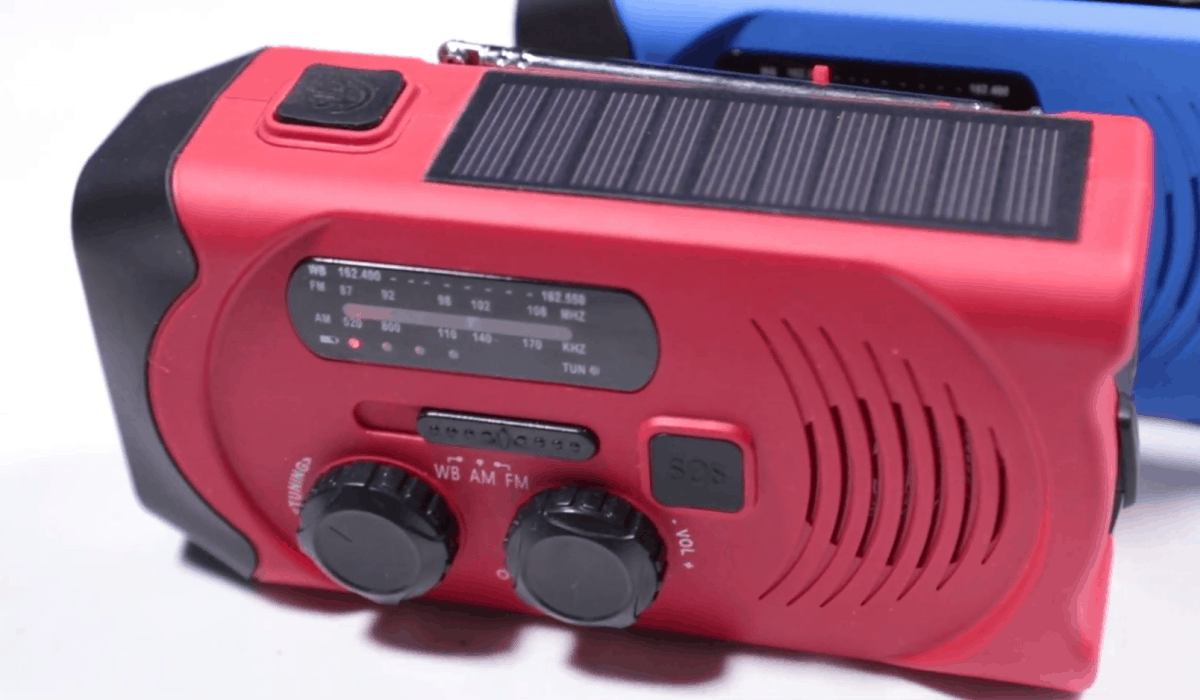
A one-way radio can only receive transmissions. Despite being unable to send messages, it is a useful device for listening to emergency broadcasts and warnings. It can receive both AM frequencies used by CB radios or FM frequencies which is used by Ham radios.
New models of one-way radios are small and compact. Some even come in versions that allow solar charging, and manual charging through hand cranking.
Satellite Phones
Range: World Wide
Satellite phones or sat phones utilize orbiting satellites to send and receive transmissions. Since the signal comes from above, it has an excellent range as compared to other communication devices, especially when used in a heavily wooded forest.
However, sat phones by themselves are quite expensive. Furthermore, using their service to make calls and send text messages is also costly. Due to this, sat phones are reserved as backup devices for emergency purposes only.
Satellite GPS Messenger
Range: World Wide
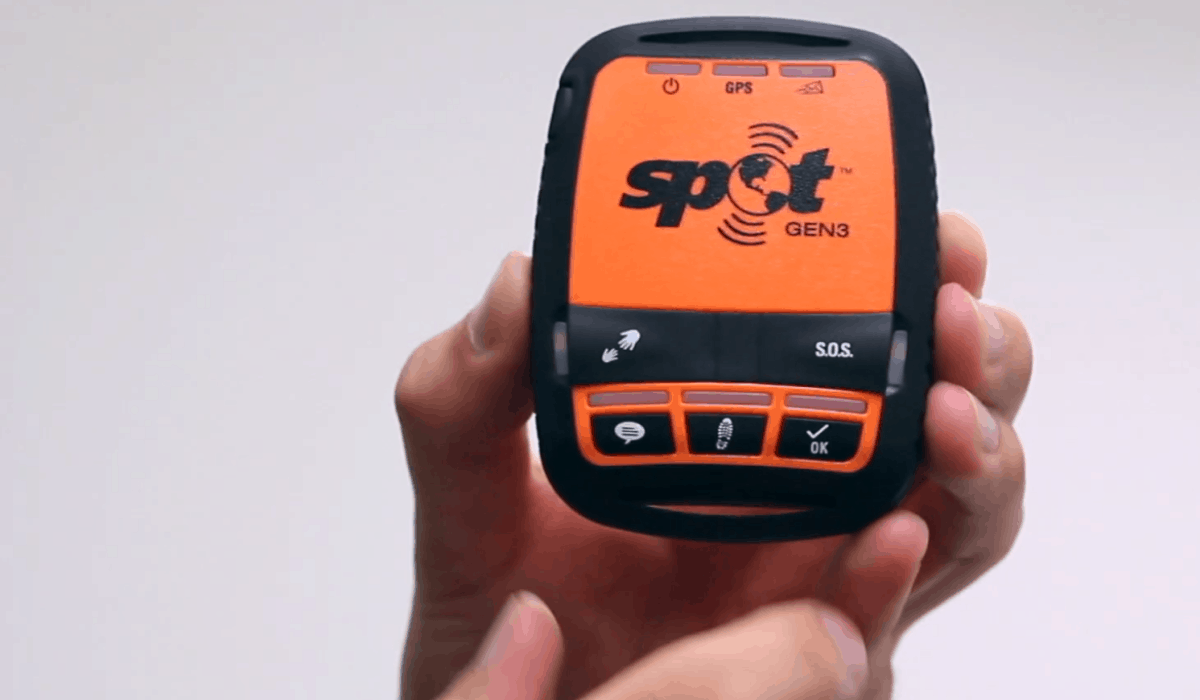
Similar to sat phones, the satellite GPS messenger makes use of orbiting satellites to send and receive signals world-wide. These devices are limited to sending text messages and GPS location, and cannot be used to transmit voice. However, this also means that it is much cheaper and smaller than a regular satellite phone.
Satellite Internet Providers
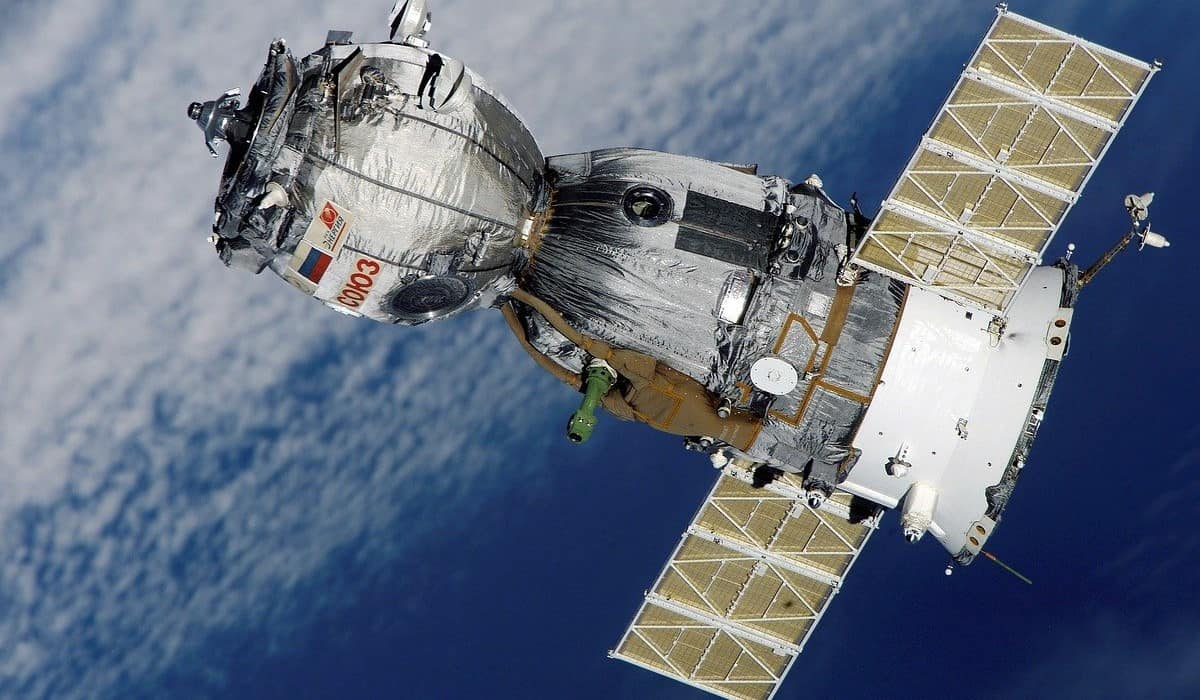
An off-grid internet connection is now possible due to advances in satellite internet services. As of writing, a satellite internet provider charges between $30 to $150 per month for a capped internet connection. This price does not include the cost of equipment needed for the setup, but it is still a worthwhile investment to make.
Additionally, more satellite provider companies are propping up, most notably Space X’s Starlink Satellite Internet which has an estimated cost of $99/mo, and an estimated equipment cost of $499. Furthermore, VoIP (Voice Over Internet Protocol) allows phone calls to be made through the internet. In contrast, an Iridium Sat Phone device retails at around more than $1000 but can only send text and perform calls without internet connectivity functions.
Smartphones and Personal Computers

Living off-grid does not mean smartphones and laptops become useless for communication. Without these devices, one cannot take advantage of a satellite internet provider. It is even possible to establish a mesh network that connects to PCs and smartphones. Combined with other networking devices, these are still essential communication equipment even in areas without cellular networks. However, make sure to prepare for catastrophes that can affect connectivity, such as an EMP attack.
Final Thoughts
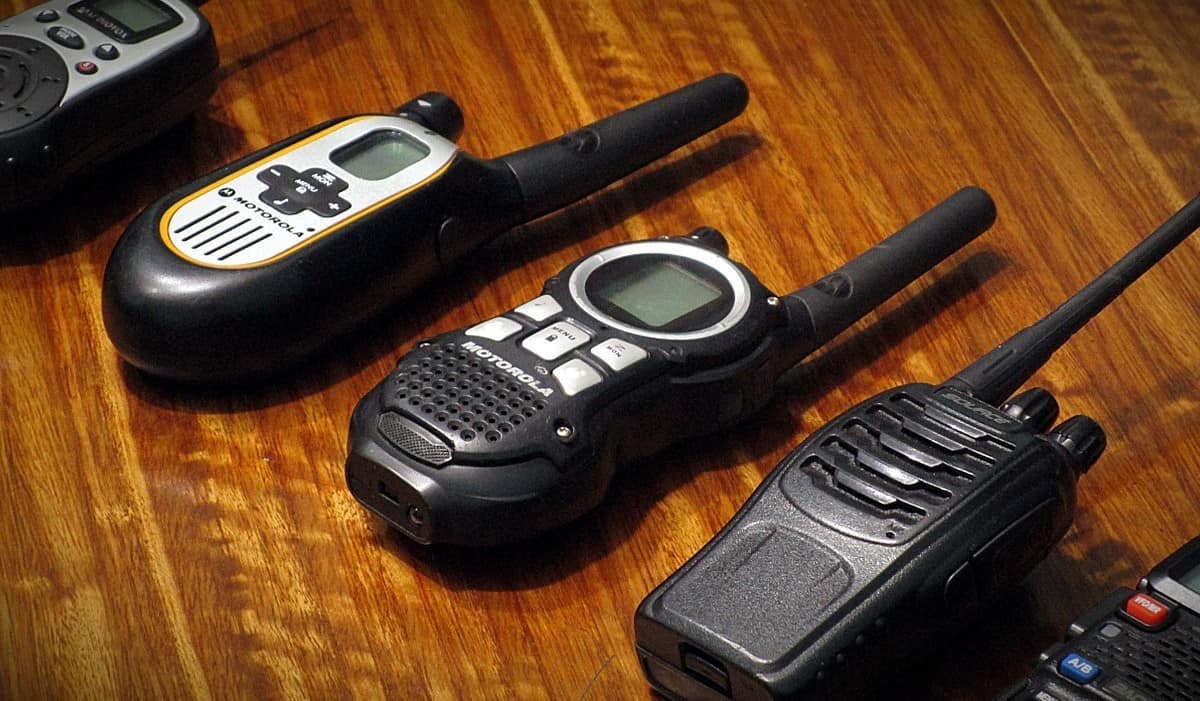
Preppers should have at least a base station setup. They are relatively cheap compared to using a sat phone which requires payment every time you use it. Some devices that are highly rated are:
- ICOM 7300 02 Direct Sampling Shortwave Radio
- Yaesu FT-DX3000D Original – HF/50 MHz Amateur Radio Base Transceiver
- Yaesu Original FT-991A HF/50/140/430 MHz All Mode”Field Gear” Transceiver
Aside from a dedicated base station, it’s also a good idea to have portable ham radios which can be used to communicate with the person manning the base station. Among these products that’s well-received are:
- Ailunce HD1 DMR Radios, Waterproof IP67
- BaoFeng BF-F8HP (UV-5R 3rd Gen) 8-Watt Dual Band Two-Way Radio
On top of these, preppers should also have at least one satellite phone or a satellite GPS messenger. This is especially true for people who would venture out alone into the wilderness. Some products that are available in the market are:
- Satellite GPS Messenger: Garmin inReach Mini GPS Satellite Communicator
- Satellite Phone: BlueCosmo Inmarsat IsatPhone 2.1 Satellite Phone Kit with Sim Card
The ham radio is a reliable day-to-day communication device, while a sat phone combines portability and world-wide range which is essential in an emergency. In the end, it’s better to have multiple communication devices on hand. Having one or two devices that work on different channels broadens one’s ability to communicate.

